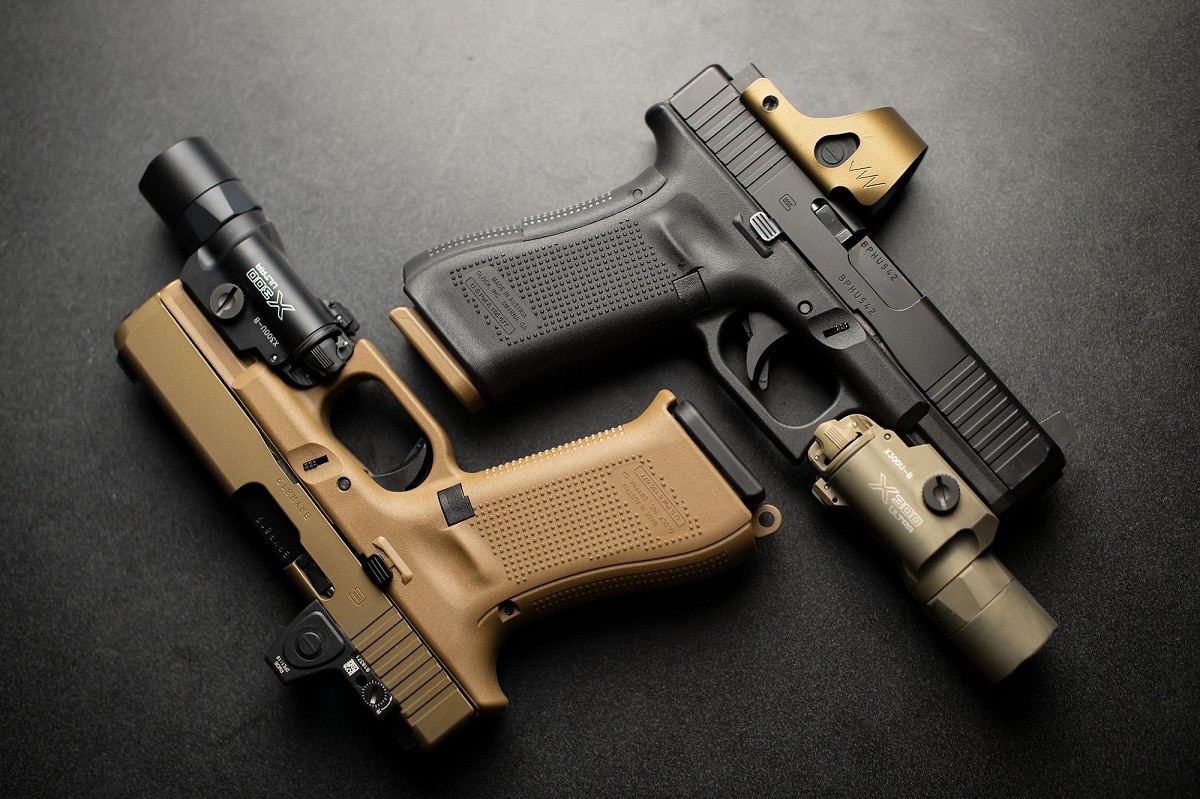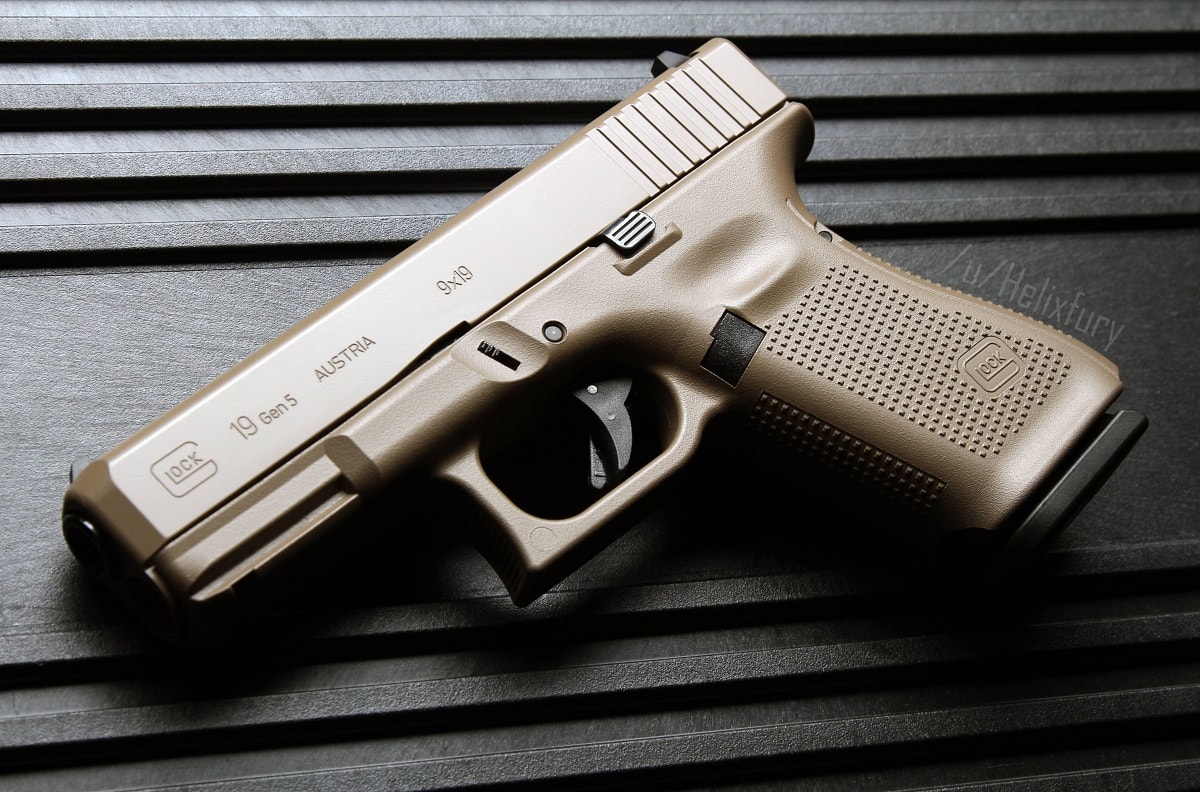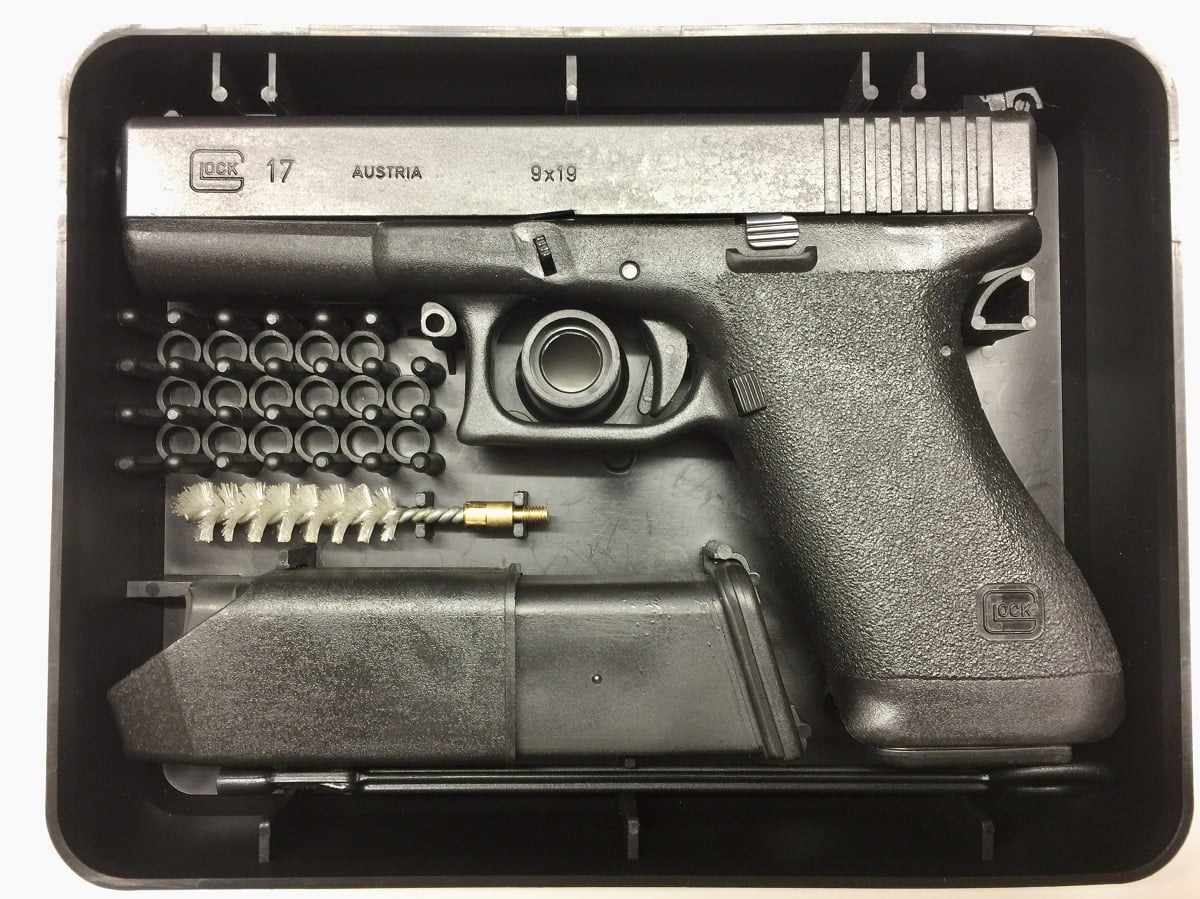Since its introduction just 40 years ago, the Glock 17 has become one of the most popular handguns in the world. The success of that original model led to the development of an entire line of pistols that have been used by police, military and civilians around the globe. Owners point to its excellent balance of size, weight and ammunition capacity as reasons for its continued popularity.
Today, everyone who knows guns – and watches the right movies and TV shows – knows Glock. However, the company is actually the new kid on the block in the firearms world. Glock as a company was only founded in 1963 with just three employees, including founder Gaston Glock, an Austrian engineer and businessman. The start-up was a rather low-key affair that created consumer goods made of polymers and metals – not firearms.
In fact, Gaston Glock had no prior experience in small arms manufacturing, and reportedly not a lot of interest for most of his life. However, as an expert in polymers, he had produced field knives, military shovels/entrenching tools and various components for fragmentation hand grenades, training grenades and grenade casings. He also developed polymer machine gun belt links in the 1970s – and he saw how lucrative military contracts could be.
He was then intrigued by the possibility of creating a lightweight handgun for the Austrian Army, when it announced a contract opportunity for a new sidearm. Ever the businessman, Gaston Glock worked with local gun experts and the result was a durable, reliable pistol that featured simple operation and just 36 individual parts, but also offered a larger ammunition capacity than was common at the time. The Glock pistol, which featured a polymer frame design, also was equipped with the unique “Safe Action System.” The Austrian Army liked what it was saw and ordered 20,000 units in 1982.
However, the Glock 17 – which wasn’t named for the capacity of the magazine but rather because it was the 17th product created by the company – wasn’t an immediate hit. The Austrian Army may have been sold on the polymer frame, but it took a while for other military forces to see the advantages. Police forces in the United States were at first slow to adopt the model for the police, but then they saw that the higher capacity and lightweight build offered numerous advantages.
However, it was Hollywood that helped put the gun in the public mindset – when in the summer of 1990, the film Die Hard 2 was released. While it opened on July 4, like the original film, it was set at Christmas time and featured a similar story where Bruce Willis’ character John McClane must take on terrorists and save the day. More importantly, it featured the bad guys carrying a gun described as a “Glock 7,” which is also noted to be a “porcelain gun made in Germany” that somehow doesn’t show up on airport X-ray machines. None of that was true, a fact noted by the prop house armorers on set, but it still stirred no shortage of controversy with some lawmakers believing it to be true.

Image: Creative Commons.

Image: Glock Handout.

The movie made Glock famous, even infamous. In the 1990s, it appeared in other movies and TV shows, while rappers such as Dr. Dre and Tupac extolled the Glock in their lyrics. At the same time, Glock took a cue from car shows, and hired sexy models to appear at various events, such as the annual SHOT Show (Shooting, Hunting, Outdoor Trade Show), the firearms industry’s annual trade show. And by the end of the 1990s, Glock had become one of the biggest names in firearms.
Peter Suciu is a Michigan-based writer who has contributed to more than four dozen magazines, newspapers and websites. He regularly writes about military small arms, and is the author of several books on military headgear including A Gallery of Military Headdress, which is available on Amazon.com.

